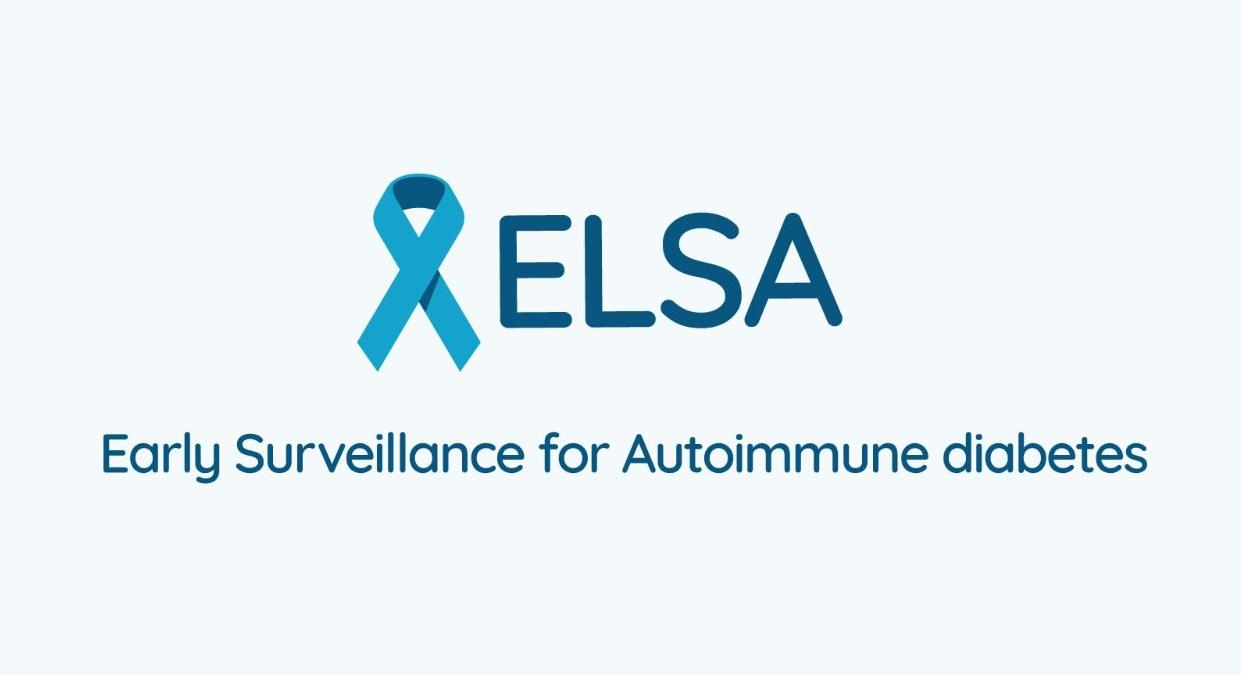The three biggest challenges in lung cancer, and how researchers are tackling them

Despite new paradigm-shifting treatments, lung cancer remains a deadly disease – and improving outcomes requires more than just drug research.
The new Lung Ambition Alliance – launched in July last year – has identified three major challengers that are inhibiting long-term survival worldwide: late diagnosis, few treatment advances for early-stage cancer, and disparity in cancer care both worldwide and within countries.
“In Japan, where I practice medicine, almost a third of lung cancer patients are now living for five-years following diagnosis,” explains Dr Tetsuya Mitsudomi, president of the International Association for the Study of Lung Cancer (IASLC) and co-founder of the Lung Ambition Alliance. “This is in contrast to the global statistics where just about one in every five lung cancer patients is alive five years after diagnosis.
“More pervasive, however, is that lung cancer is still blighted by stigma. The results of a recent survey conducted by Ipsos MORI, sponsored by the Lung Ambition Alliance, show that only one in five people (22%) disagree with the statement ‘generally, patients with lung cancer have caused their illness through their lifestyle choices and behaviors’. The stigma of lung cancer is problematic and could influence smokers to feel guilty, ignore symptoms, and delay talking to their doctor. Stigma also contributes to lower research funding for lung cancer.”
Luckily, there are many organisations across the world passionate about tackling lung cancer. The IASLC alone has more than 7,500 members worldwide. Mitsudomi says that collaborations like the Lung Ambition Alliance – which is a partnership between the IASLC, Guardant Health, the Global Lung Cancer Coalition (GLCC) and AstraZeneca – are critical to bringing together distinct organisations, all with complementary experience in helping patients and healthcare professionals manage the disease.
“We believe that together we can approach the problem of improving patient survival in a systematic way,” he says, explaining the impetus behind the Alliance. “And only through a collaborative approach will we be able to get better results.”
Improving screening
The Alliance’s goal is to eliminate lung cancer as a cause of death – the first step towards this being to double five-year survival by 2025.
Mitsudomi says the Alliance has identified three areas it wants to prioritise in order to achieve this goal.
The first is to improve lung cancer diagnosis by raising awareness of the strong evidence for screening and addressing the barriers to early detection, with continued improvements to the ease and reliability of diagnostics and contributions to a deeper understanding of disease progression.
“Despite evidence that low dose CT (LDCT) can save lives, globally, few places have implemented screening programmes,” he explains.
“In the United States, the US Preventive Services Task Force (USPSTF) recommends annual screening for people at high risk of developing lung cancer; elsewhere, no such programmes exist, meaning we are missing the opportunity to diagnose asymptomatic people at a point when there is a potential for them to be cured.”
Despite this, in a recent survey almost nine in ten people (87%) said they were in favour of implementing a national programme in their country to increase the detection of lung cancer in the early stages. Among them, nearly two in three (62%) declared that they are “strongly” in favor of it.
To this end, the Alliance has been supporting the Early Imaging Lung Confederation (ELIC) – a new cloud-based screening registry designed to improve the multidisciplinary detection and management of early stage lung cancer, when there is still potential for a cure.
Innovative medicines
The second area of priority is delivering innovative medicines, which Mitsudomi says can be improved by “enabling widespread paradigm shifts to earlier intervention when there is greater potential for a cure”.
“The lung cancer treatment landscape continues to rapidly evolve,” he adds. “In recent years, we’re seeing targeted medicines, where therapies are matched to specific patients defined by the specific genetic changes in their lung cancers, improving outcomes for many. We’re also seeing strides with the number of immunotherapies being utilised in the clinic, but we believe that we can do better.
“Precision medicine may be even more effective if administered earlier in the course of the disease, so we’re prioritising the validation of surrogate endpoints and the identification of predictive biomarkers to accelerate the research of these medicines in patients where there is the potential for a cure, rather than just to moderately extend survival.”
The Alliance also supports the Major Pathologic Response (MPR) Project for pre-operative drug therapy.
“We’re exploring whether a given innovative therapy, such as immunotherapy, before surgery prolongs survival of the patients,” explains Mitsudomi.
“The problem is, it takes a long time to know the final results if overall survival is used as an endpoint. Instead, several investigators have begun to use MPR, which is tentatively defined as the percentage of patients whose cancer cells die by more than 90% in the resected specimen, however the definition is not yet standardised.
“The MPR Project is a collection of clinical trial data and research that can be used to validate surrogate endpoints and identify predictive biomarkers. These in turn will become an important resource to accelerate the development of next-generation treatments for an ever-expanding range of tumor types and genetic mutations.”
Quality of care
Finally, the Alliance hopes to enhance quality of care by working with advocates and policymakers to deliver projects to address the challenges most urgent to patients on the local level, by improving coordination across the multidisciplinary team and by instilling the urgency to act.
The key problem here remains the high variations in lung cancer management around the world. Moreover, there can often be very specific local barriers to quality care that must be considered when developing patient centric solutions to address them.
The Alliance is hoping to tackle this through the recently-announced Initiatives in Lung Cancer Care (ILC2) grant programme, an open call inviting registered patient organisations with a focus on lung cancer, around the world, to submit proposals for projects that can potentially transform patient care and improve survival within their home countries.
Similarly, the Alliance is now supporting the Staging Project, which started in 1997 as a means to reduce the wide variations and disparities in lung cancer staging, which is critical when identifying appropriate treatments for patients.
“Through this we are working to standardise international lung cancer staging guidelines and are using this information to guide the development of the 9th edition of the Tumour, Node and Metastasis (TNM) staging system, the most commonly used system for classifying the spread of lung cancer in individual patients,” says Mitsudomi.
The magnitude of the challenge faced in tackling lung cancer can seem overwhelming at times, and it’s not a problem that’s going to go away any time soon. But it is also clear that this is a disease that has the attention of thousands of incredibly motivated researchers, patient groups and HCPs who will stop at nothing to eliminate it.












